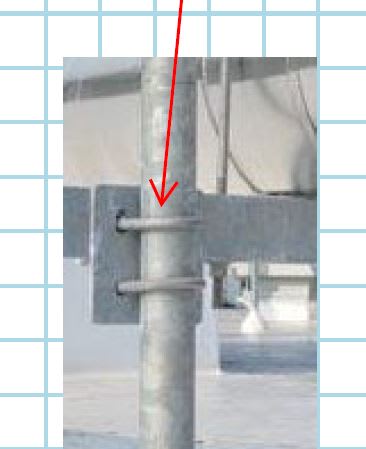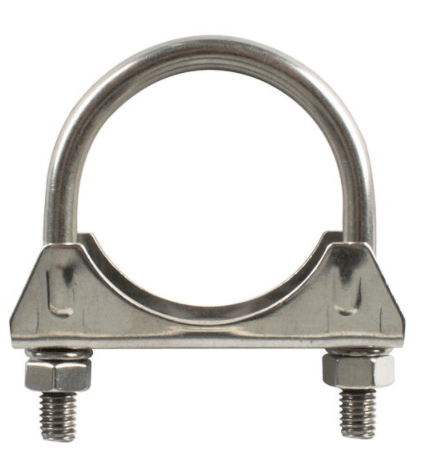Robert1217
Structural
- Nov 6, 2020
- 1
Hi. I'm hoping someone can help me design a U-Bolt Connection. I've got a steel structure supporting HVAC duct on top of a roof. The contractor is hoping we can sit the duct on angles. The angles will be welded to plates and the plates will be U-Bolted to schedule 40 pipe. I'm not sure where to begin with analyzing this and was hoping someone could give me some references or advice. Thanks in advance



